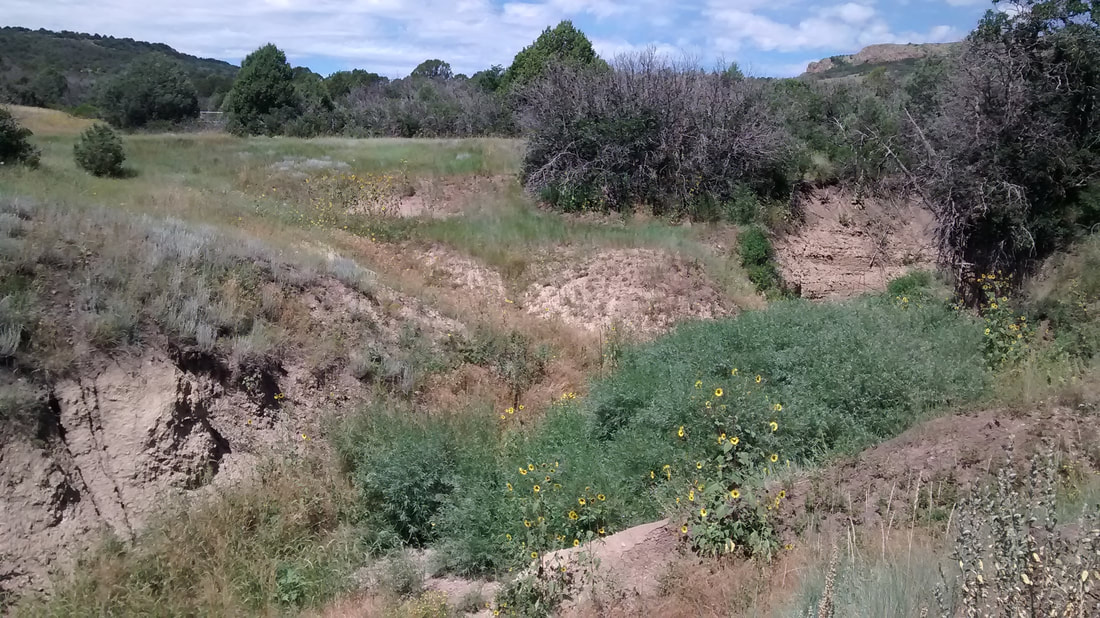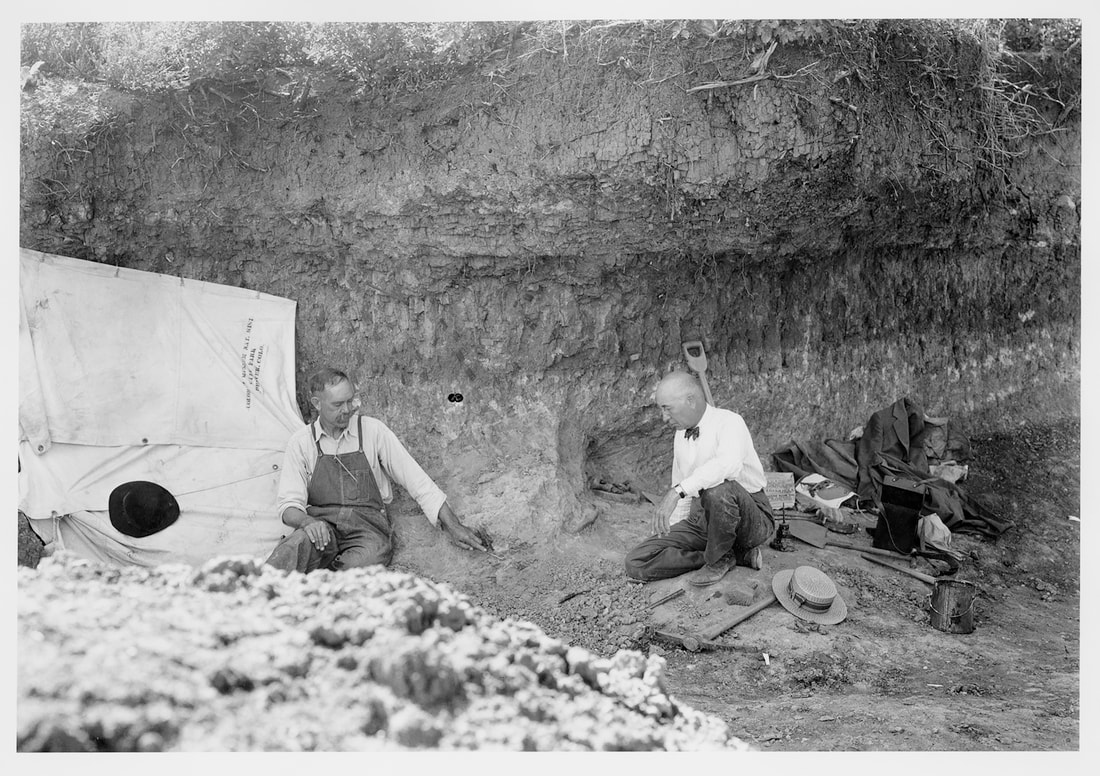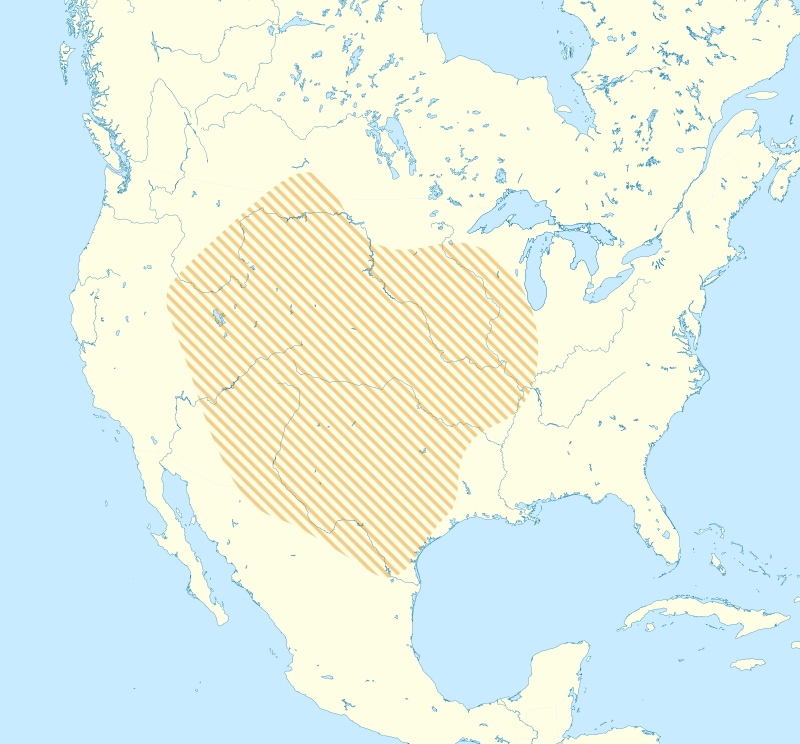 It took early scientists quite a while to figure out what they were finding.
It took early scientists quite a while to figure out what they were finding. 
Schwachheim and Howarth collected bones and took them to Jesse Figgins, director of the Denver Museum of Nature and Science, and to paleontologist Harold Cook. Figgins and Cook were already proponents of human antiquity in the New World. Cook had found a human tooth among the bones of extinct mammals at Snake Creek in Nebraska in 1922. Two years later, excavators at Lone Wolf Creek in Texas reported to Figgins that they had found three projectile points associated with a bison skeleton. However, since Schwachheim and Howarth had presented nothing but bison bones to Figgins and Cook, the two scientists didn’t believe there was anything significant about the site in Wild Horse Arroyo.
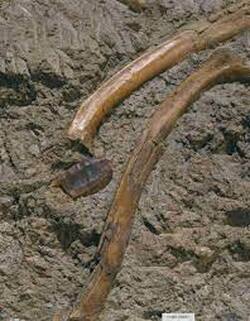
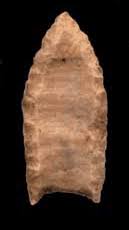
The points Figgins and Cook discovered at the Folsom Site in Wildhorse Arroyo were distinctive. Figgins called the culture which created these points the Folsom Culture, named after the small town of Folsom, New Mexico which was nearby. Soon after the Folsom Culture was discovered, an earlier group, the Clovis Culture, was found. Folsom projectiles have a concavity running down their center that Clovis projectiles did not have. Statistical analysis of radiocarbon dates suggest that the earliest Folsom dates overlap with the latest Clovis dates, so the two technologies overlapped for multiple generations. This points to Folsom Culture being an outgrowth of Clovis Culture. It might be that the extinction of most species of megafauna marks the boundary between Clovis and Folsom Cultures. Clovis artifacts are associated with mammoth bones, while Folsom people hunted Bison antiquus, which became extinct about the same time that Folsom evolved into cultures relying on greater dependence on smaller animals and plant foods. It is unknown whether the extinctions of megafauna were caused by climate change or by over-hunting, or both.

